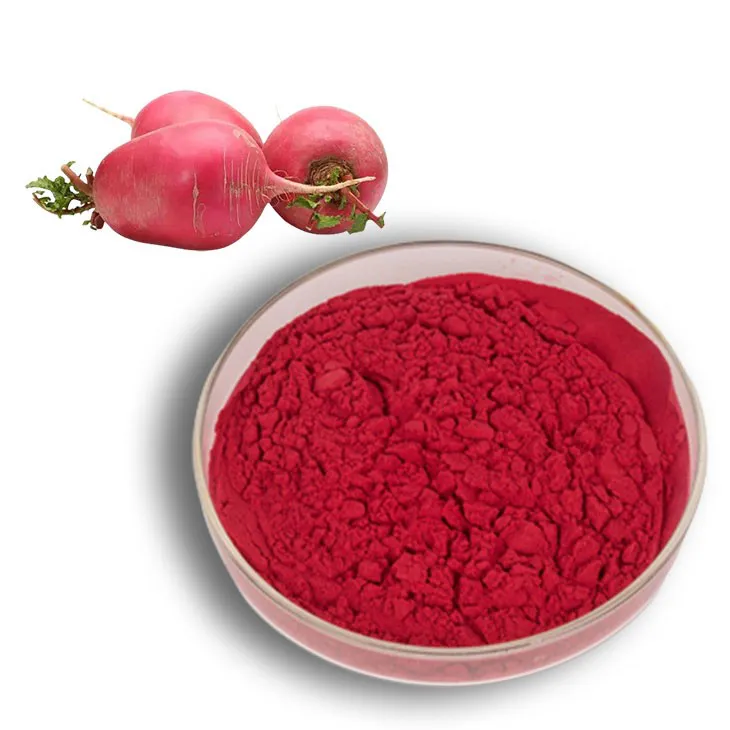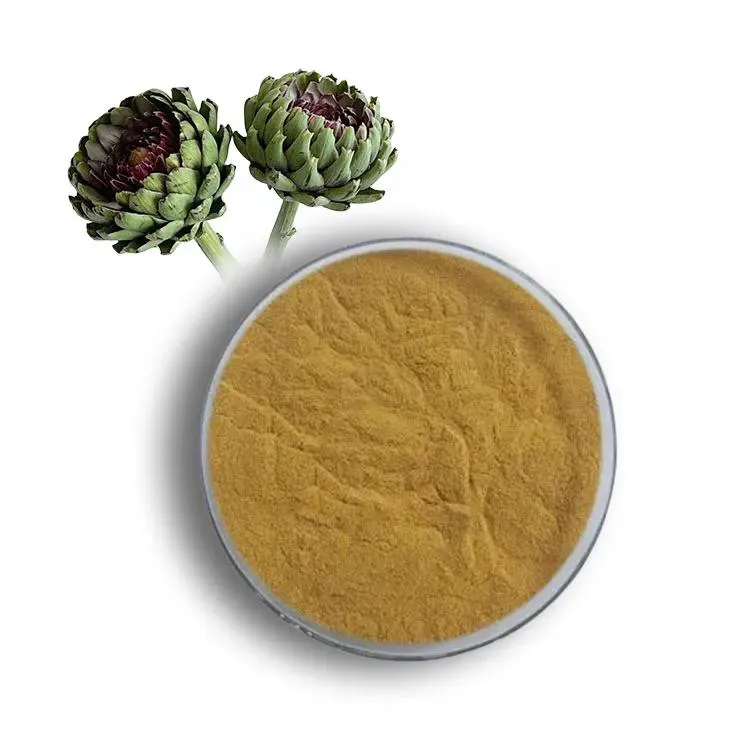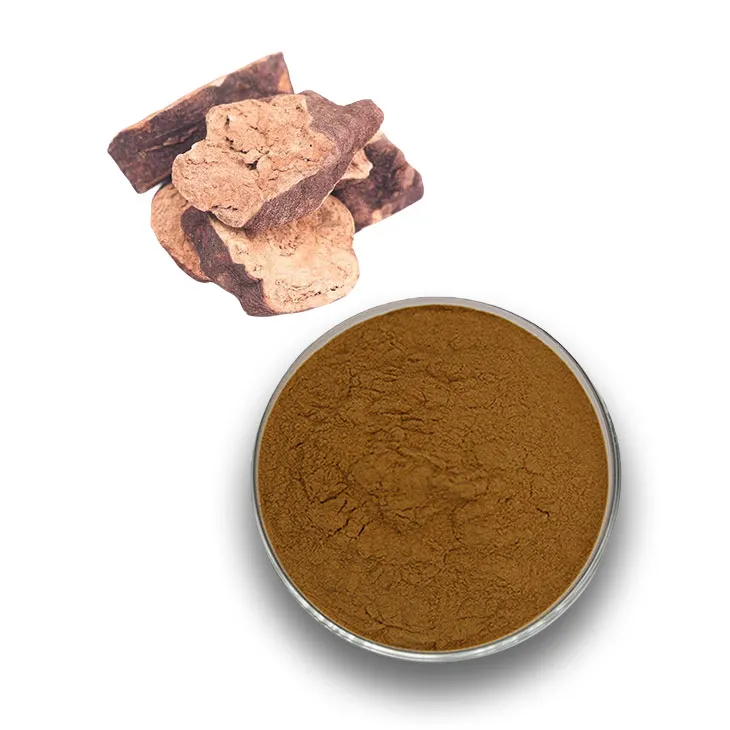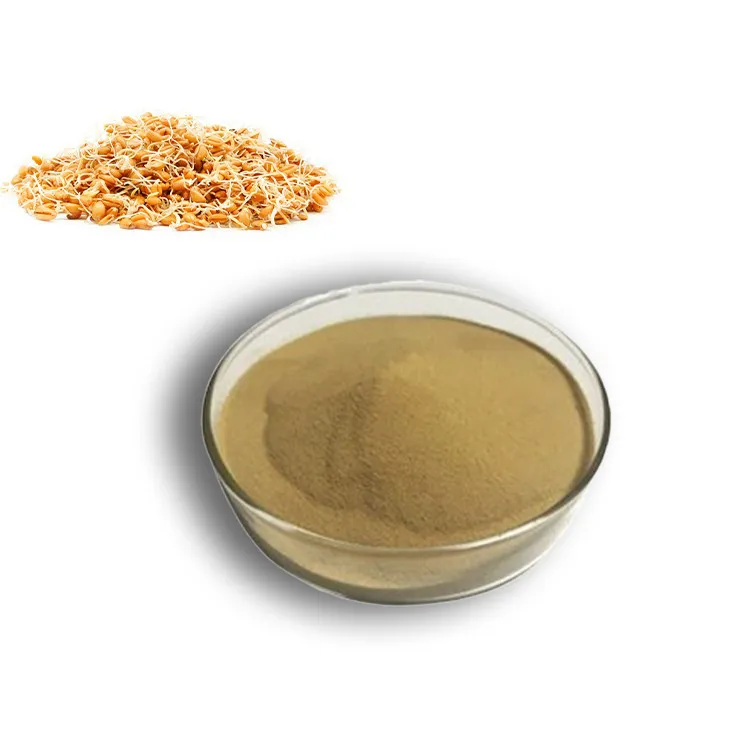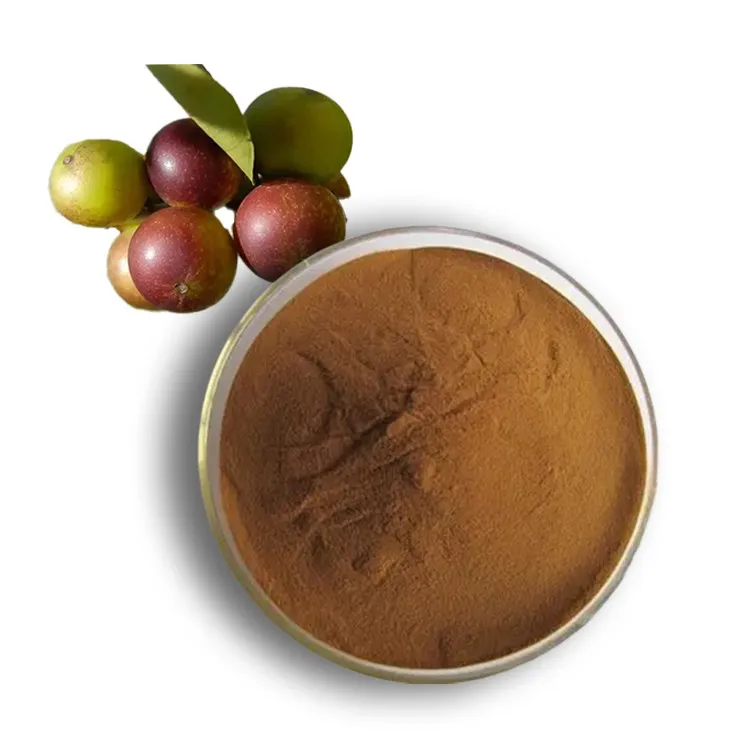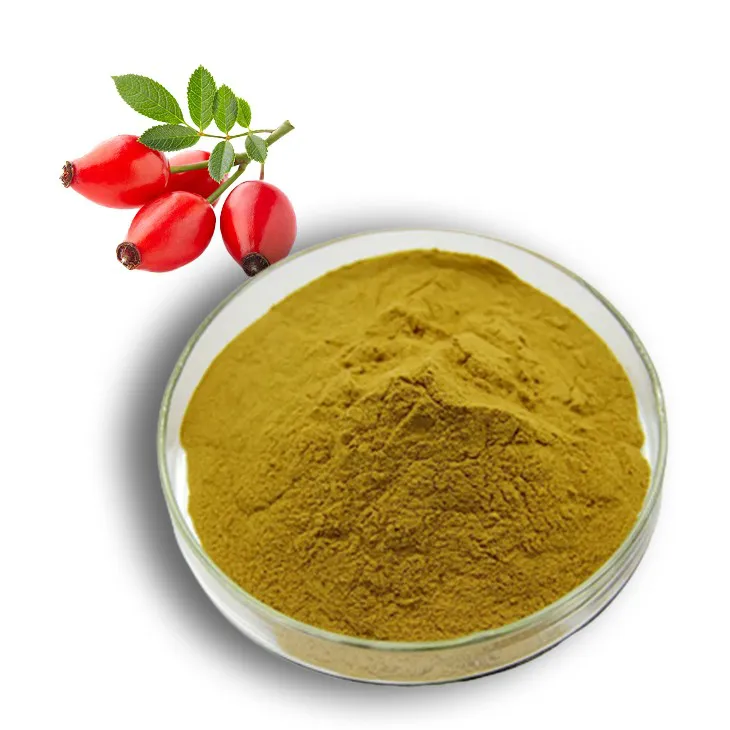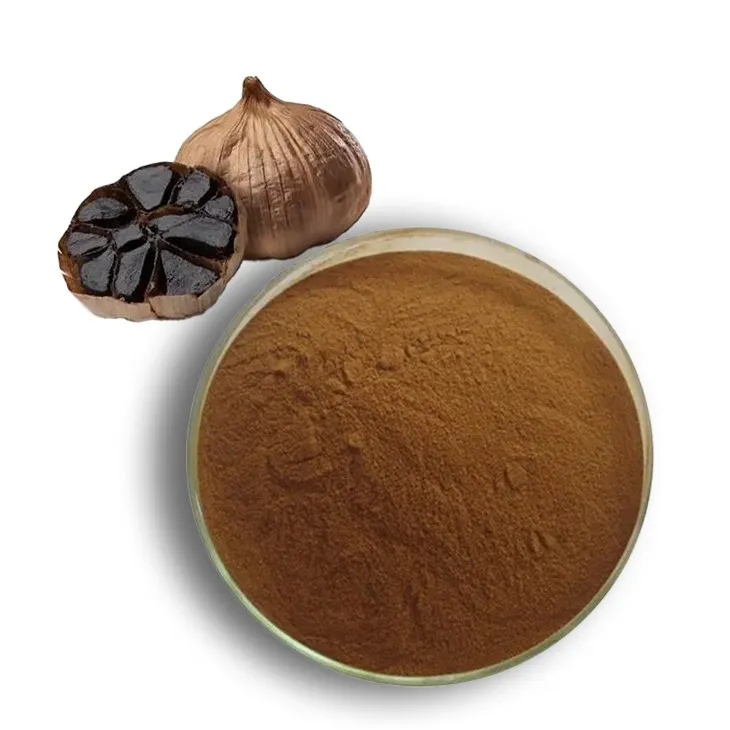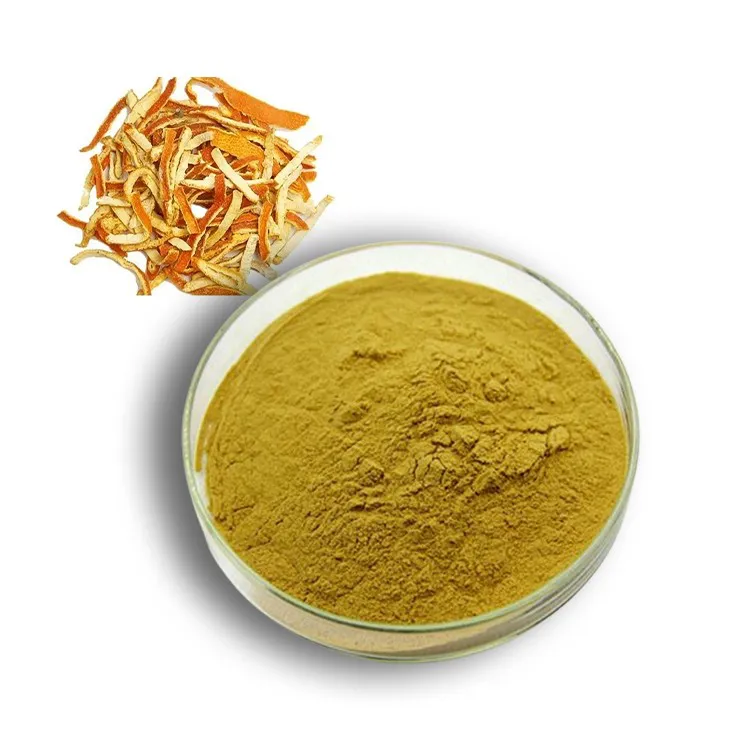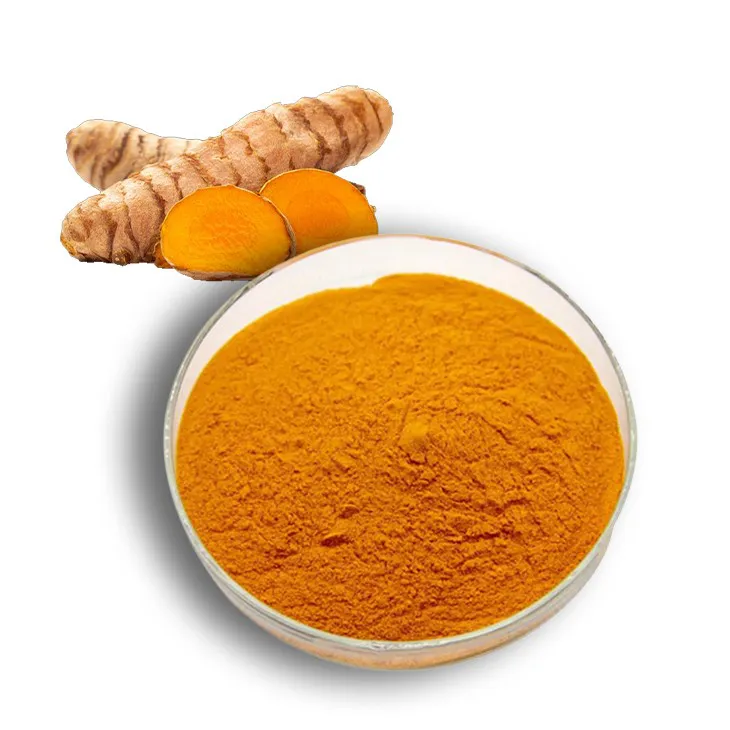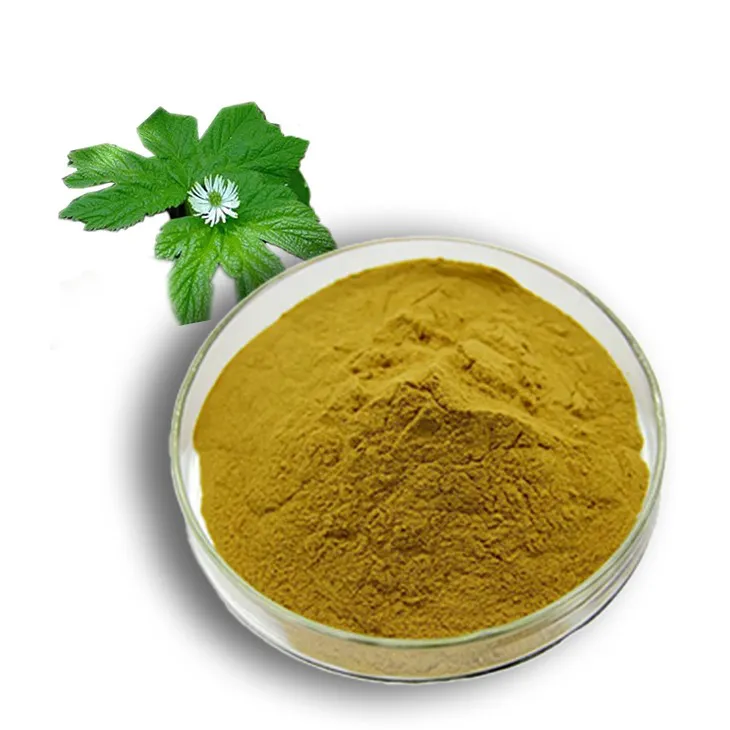- 0086-571-85302990
- sales@greenskybio.com
Shaping the Future: Trends and Innovations in the Marigold Extract Industry.
2024-12-10
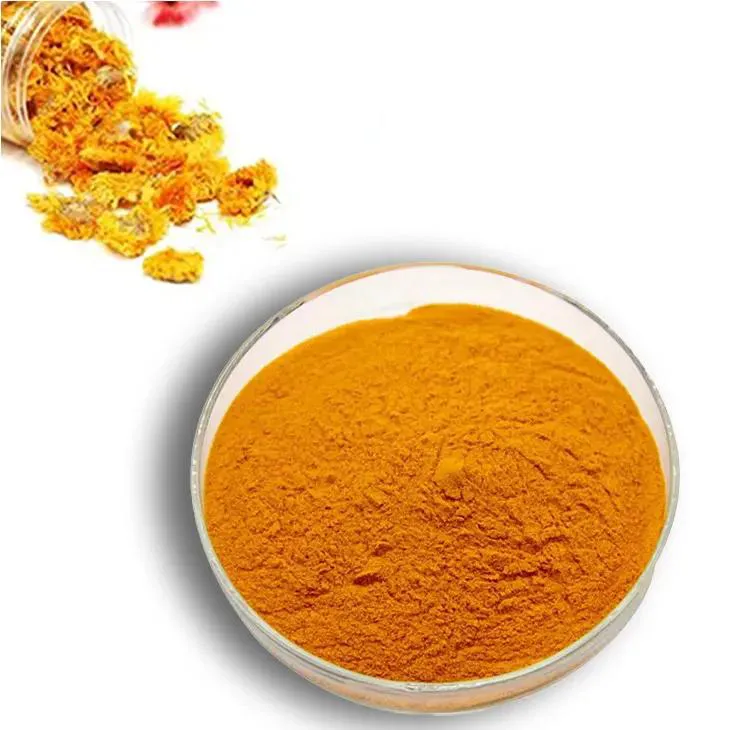
1. Introduction
The Marigold Extract industry has been quietly evolving over the years, and today it stands on the cusp of significant transformation. Marigold Extract, known for its rich content of lutein and zeaxanthin, among other beneficial compounds, has found applications in various sectors, including food, pharmaceuticals, and cosmetics. This article delves into the trends and innovations that are shaping the future of this industry, exploring how it is adapting to changing consumer demands, technological advancements, and environmental concerns.
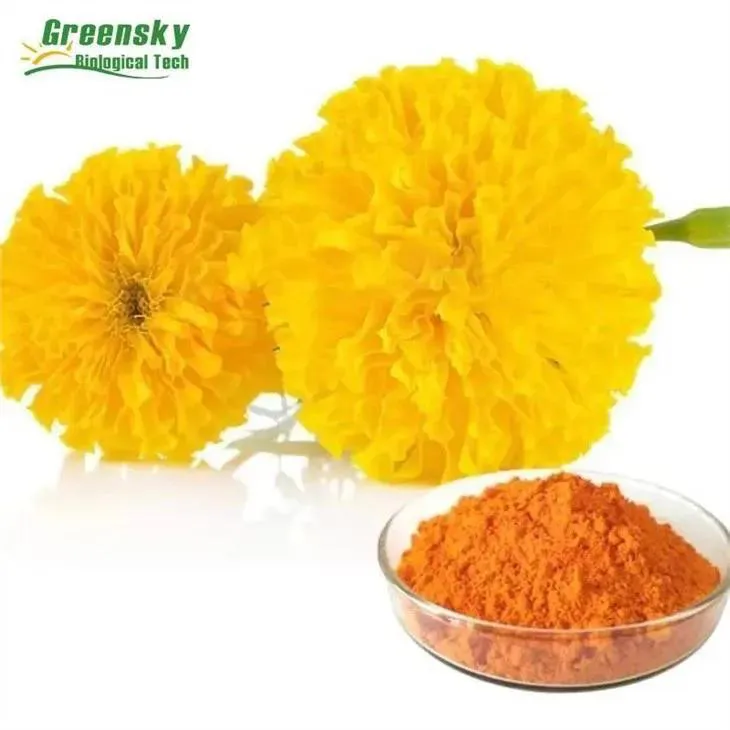
2. Sustainable Sourcing: A Key Trend
Sustainable sourcing has become a top priority in the Marigold Extract industry. With increasing awareness of environmental and social issues, consumers are demanding products that are sourced responsibly.
2.1 Organic Farming
One aspect of sustainable sourcing is the growth of organic marigold farming. Organic farming methods avoid the use of synthetic pesticides and fertilizers, which not only reduces the environmental impact but also results in a purer extract. Organic marigold farming also promotes soil health and biodiversity. Farmers are increasingly adopting organic practices, and this trend is expected to continue as more consumers seek out organic products.
2.2 Fair Trade Practices
Fair trade is another important element in sustainable sourcing. This ensures that farmers are paid fairly for their marigold crops. By participating in fair trade initiatives, marigold extract producers can support the economic well - being of farming communities. It also helps in building long - term relationships with suppliers, which is crucial for the stability of the supply chain.
2.3 Local Sourcing
There is a growing trend towards local sourcing of marigolds. This reduces the carbon footprint associated with transportation of raw materials. Local sourcing also allows for better quality control as producers can have closer relationships with the growers. In addition, it can support local economies and contribute to the development of rural areas.
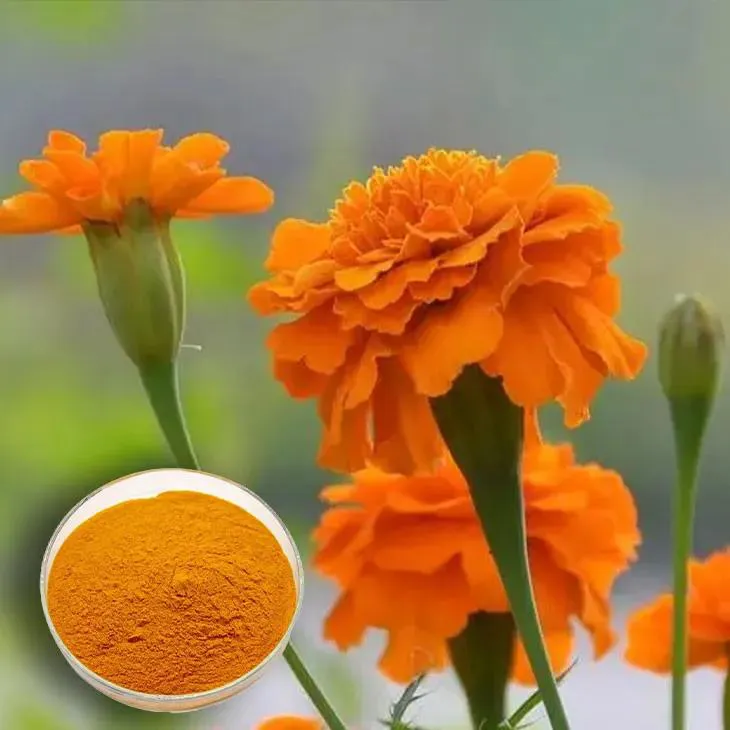
3. Advanced Product Formulations
The marigold extract industry is constantly exploring new product formulations to meet diverse consumer needs.
3.1 Enhanced Bioavailability
One area of focus is enhancing the bioavailability of marigold extract. Researchers are working on developing formulations that allow the body to better absorb the beneficial compounds such as lutein and zeaxanthin. This could involve encapsulation techniques or the use of certain carriers to improve absorption. Improved bioavailability means that a smaller dose of the extract can be more effective, which has implications for both dietary supplements and pharmaceutical applications.
3.2 Customized Blends
Another trend is the creation of customized blends. In the food and beverage industry, marigold extract is being combined with other natural ingredients to create unique flavors and functional products. For example, in the development of healthy smoothies or energy bars, marigold extract can be blended with fruits, nuts, and other herbs to provide additional nutritional benefits. In the cosmetics industry, customized blends of marigold extract with other plant - based ingredients are being developed for different skin types and concerns, such as anti - aging or moisturizing formulations.
3.3 Nanotechnology Applications
Nanotechnology is also making its way into the marigold extract industry. Nanoparticles of marigold extract can be created, which have unique properties compared to traditional forms of the extract. For instance, they may have better penetration capabilities in the skin in the case of cosmetics applications or more targeted delivery in the body for pharmaceutical applications. However, there are also concerns regarding the safety of nanotechnology, and strict regulatory scrutiny is required to ensure its proper use.
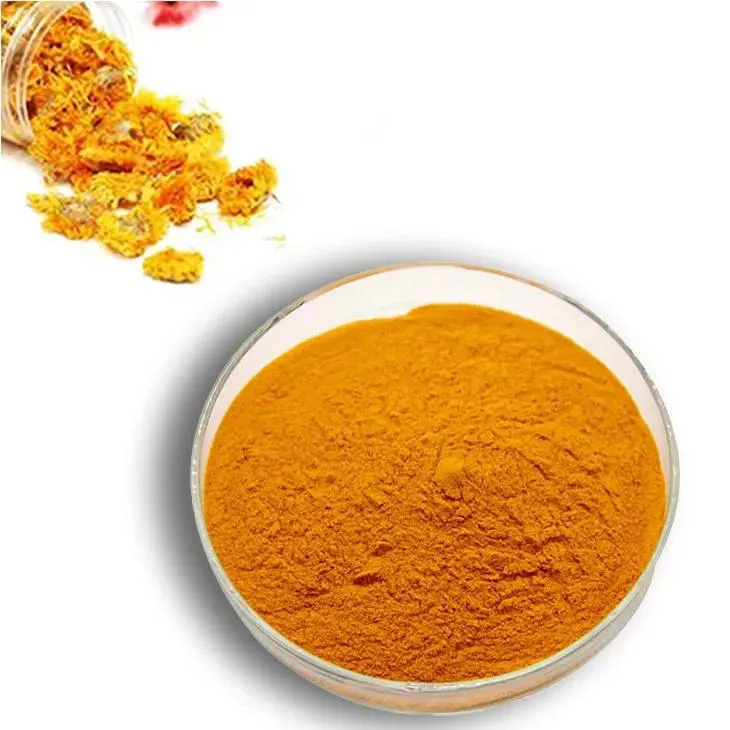
4. Technological Innovations in Extraction Processes
Advancements in extraction technology are playing a crucial role in the development of the marigold extract industry.
4.1 Supercritical Fluid Extraction
Supercritical fluid extraction (SFE) is emerging as a preferred method in the marigold extract industry. SFE uses supercritical fluids, such as carbon dioxide, to extract the desired compounds from marigolds. This method has several advantages over traditional extraction methods. It is more environmentally friendly as it does not use harmful solvents. It also results in a higher - quality extract with a purer composition, as it can selectively extract the target compounds. Additionally, SFE can operate at lower temperatures, which helps in preserving the heat - sensitive compounds in marigold extract.
4.2 Enzyme - Assisted Extraction
Enzyme - assisted extraction is another innovative technique. Enzymes can be used to break down the cell walls of marigolds more efficiently, allowing for easier extraction of the desired compounds. This method can increase the yield of the extract and also improve its quality. Moreover, enzyme - assisted extraction can be a more sustainable option as it may require less energy compared to some traditional extraction methods.
4.3 Microwave - Assisted Extraction
Microwave - assisted extraction (MAE) is also being explored. MAE uses microwaves to heat the marigold material, which accelerates the extraction process. This method can significantly reduce the extraction time, which is beneficial for large - scale production. However, careful control of the microwave parameters is required to ensure the quality of the extract is not compromised.
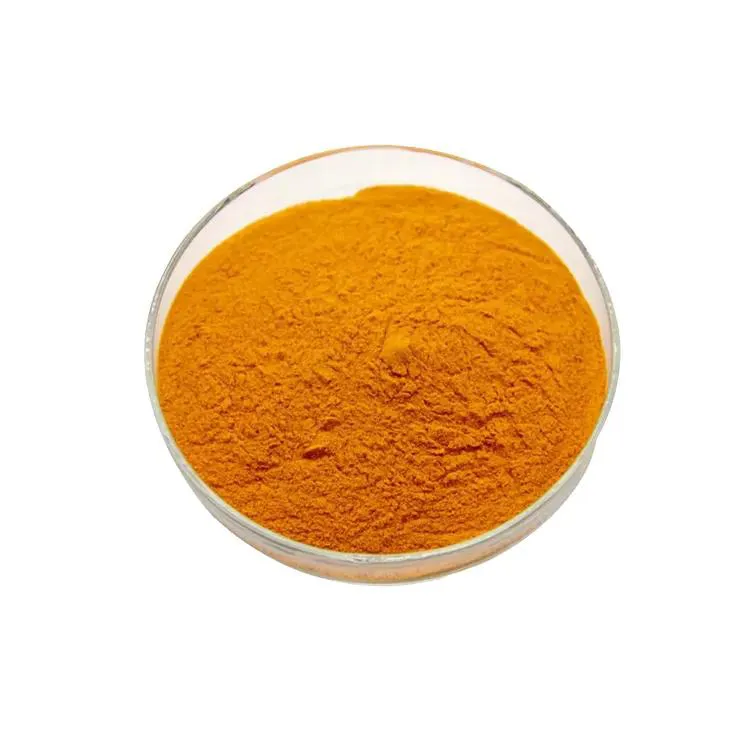
5. Expanding Applications in Different Industries
The marigold extract is finding new applications in various industries, which is driving the growth of the industry.
5.1 Food Industry
In the food industry, marigold extract is being used not only as a natural colorant but also as a functional ingredient. Its antioxidant properties make it suitable for use in products that require protection against oxidation, such as oils and fats. It is also being added to processed foods, such as baked goods and snacks, to enhance their nutritional profile. For example, marigold extract can be used in the production of fortified breakfast cereals to provide consumers with a source of lutein and zeaxanthin.
5.2 Pharmaceutical Industry
The pharmaceutical industry is exploring the potential of marigold extract for various health benefits. Lutein and zeaxanthin, present in marigold extract, are known to be beneficial for eye health. Research is ongoing to develop drugs or dietary supplements based on marigold extract for the prevention and treatment of eye diseases such as macular degeneration. In addition, the antioxidant and anti - inflammatory properties of marigold extract are being studied for their potential use in other health conditions, such as cardiovascular diseases and certain types of cancer.
5.3 Cosmetics Industry
In the cosmetics industry, marigold extract has been a popular ingredient for a long time. Its anti - aging, anti - inflammatory, and moisturizing properties make it suitable for use in a wide range of products, including creams, lotions, and serums. With the trend towards natural and organic cosmetics, marigold extract is becoming even more sought - after. New product formulations are being developed to harness its full potential, such as in the development of high - performance anti - wrinkle creams or soothing facial masks.
6. Regulatory Landscape and Quality Control
As the marigold extract industry grows, regulatory requirements and quality control become increasingly important.
6.1 Regulatory Requirements
Different countries have different regulatory requirements for marigold extract. In the food industry, regulations govern its use as a food additive, including maximum allowable levels and labeling requirements. In the pharmaceutical and cosmetics industries, strict regulations are in place to ensure the safety and efficacy of products containing marigold extract. Manufacturers need to stay up - to - date with these regulations to ensure compliance and avoid legal issues.
6.2 Quality Control
Quality control is essential to ensure the consistency and purity of marigold extract. This involves testing for the presence and concentration of key compounds such as lutein and zeaxanthin. Quality control also includes measures to ensure that the extract is free from contaminants, such as pesticides, heavy metals, and microbial organisms. Manufacturers are implementing strict quality control procedures, including Good Manufacturing Practice (GMP) standards, to ensure the production of high - quality marigold extract.
7. Market Trends and Competition
The marigold extract market is experiencing significant growth, and competition is intensifying.
7.1 Market Growth
The increasing awareness of the health benefits of marigold extract, combined with the growing demand for natural and sustainable products, is driving market growth. The market is expected to expand further in the coming years, especially in emerging economies where consumer awareness and purchasing power are on the rise.
7.2 Competition
As the market grows, competition among marigold extract producers is becoming fiercer. Producers are competing on factors such as price, quality, and innovation. To gain a competitive edge, companies are investing in research and development to develop new products and improve production processes. They are also focusing on marketing and branding strategies to differentiate their products in the market.
8. Conclusion
The marigold extract industry is in the midst of a transformation driven by trends in sustainable sourcing, advanced product formulations, technological innovations in extraction processes, expanding applications in different industries, regulatory requirements, and market competition. These trends and innovations are shaping the future of the industry, presenting both opportunities and challenges. By staying abreast of these developments, industry players can position themselves to thrive in this dynamic and growing industry.
FAQ:
What are the main trends in the marigold extract industry?
The main trends include sustainable sourcing, which involves environmentally friendly and ethical collection of marigolds. There is also a trend towards advanced product formulations, aiming to enhance the effectiveness and application range of marigold extract. Additionally, research on new extraction techniques to improve the quality and purity of the extract is also a trend.
How does sustainable sourcing impact the marigold extract industry?
Sustainable sourcing has a multi - faceted impact. Firstly, it helps to protect the natural environment where marigolds are grown, ensuring the long - term availability of the raw material. Secondly, it meets the increasing consumer demand for environmentally and socially responsible products. This can also enhance the industry's reputation and competitiveness in the global market.
What are the benefits of advanced product formulations in marigold extract?
Advanced product formulations can lead to improved bioavailability of the active compounds in marigold extract. It can also enable the extract to be used in new applications, such as in high - end cosmetics or specialized pharmaceuticals. Moreover, it can enhance the stability and shelf - life of products containing marigold extract.
What new extraction techniques are being explored in the marigold extract industry?
Some of the new extraction techniques being explored include supercritical fluid extraction, which can provide a more pure and high - quality extract compared to traditional methods. There is also microwave - assisted extraction that can potentially reduce extraction time and energy consumption. Enzyme - assisted extraction is another area of research, aiming to improve the yield and selectivity of the extraction process.
How can the marigold extract industry adapt to future trends?
The industry can adapt by investing in research and development to stay ahead in terms of product formulations and extraction techniques. Collaboration between different stakeholders such as growers, extractors, and end - users is also crucial. Additionally, companies need to be more proactive in adopting sustainable practices and communicating these efforts to consumers.
Related literature
- Sustainable Sourcing in the Botanical Extract Industry: The Case of Marigold"
- "Advanced Formulations of Marigold Extract for Cosmetic Applications"
- "Innovative Extraction Technologies in Marigold Extract Production"
- ▶ Hesperidin
- ▶ Citrus Bioflavonoids
- ▶ Plant Extract
- ▶ lycopene
- ▶ Diosmin
- ▶ Grape seed extract
- ▶ Sea buckthorn Juice Powder
- ▶ Fruit Juice Powder
- ▶ Hops Extract
- ▶ Artichoke Extract
- ▶ Mushroom extract
- ▶ Astaxanthin
- ▶ Green Tea Extract
- ▶ Curcumin
- ▶ Horse Chestnut Extract
- ▶ Other Product
- ▶ Boswellia Serrata Extract
- ▶ Resveratrol
- ▶ Marigold Extract
- ▶ Grape Leaf Extract
- ▶ New Product
- ▶ Aminolevulinic acid
- ▶ Cranberry Extract
- ▶ Red Yeast Rice
- ▶ Red Wine Extract
-
Beetroot Powder
2024-12-10
-
Artichoke Extract
2024-12-10
-
Polygonum multiflorum extract
2024-12-10
-
Wheat Germ Extract
2024-12-10
-
Camu Camu Extract
2024-12-10
-
Rose Hip Extract
2024-12-10
-
Black Garlic Extract
2024-12-10
-
Hesperidin
2024-12-10
-
Curcumin
2024-12-10
-
Golden Seal Extract
2024-12-10











